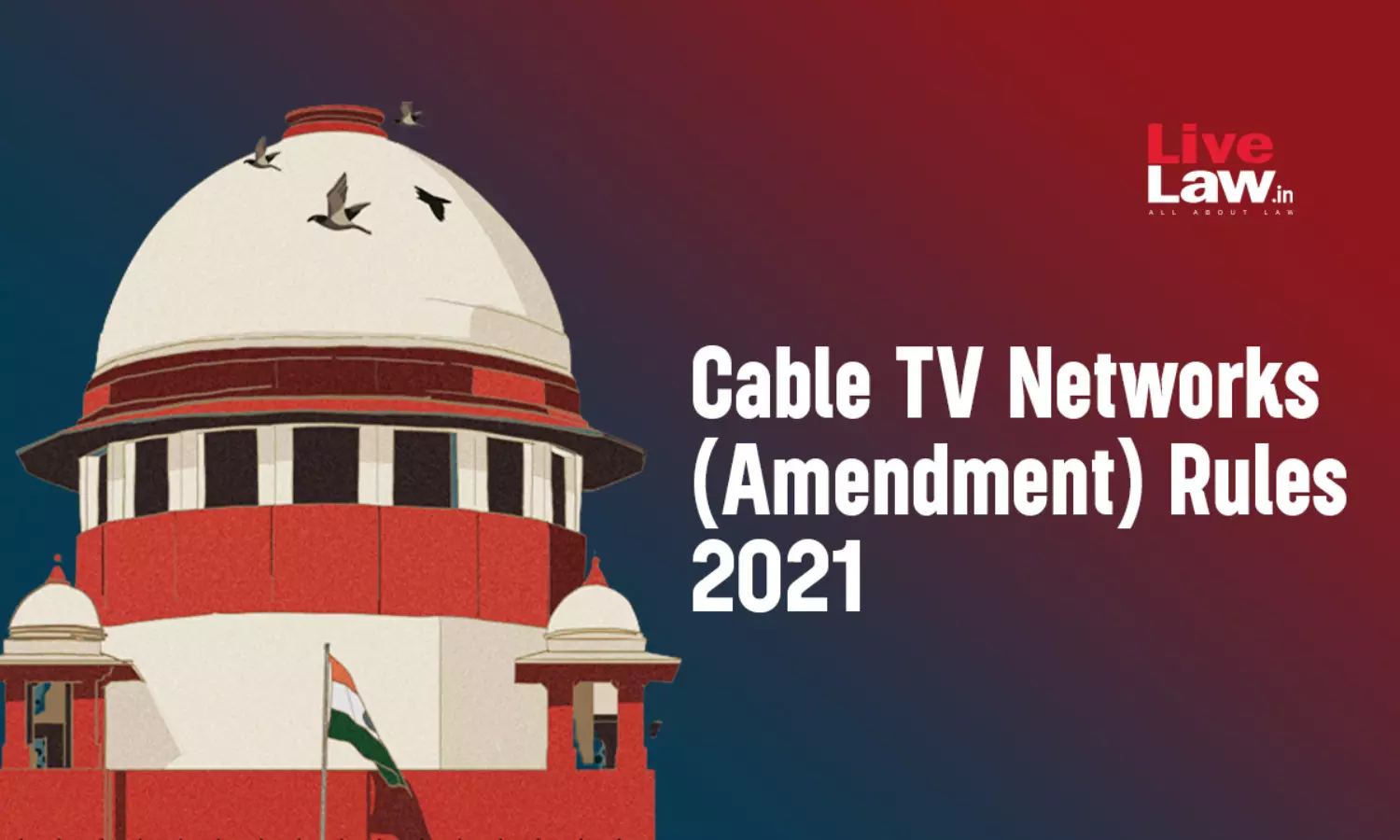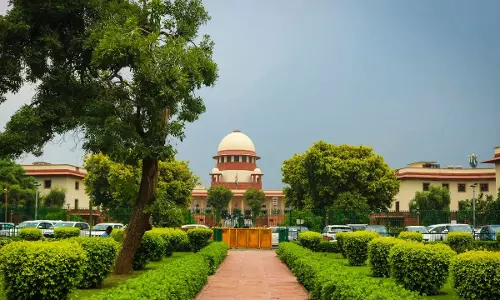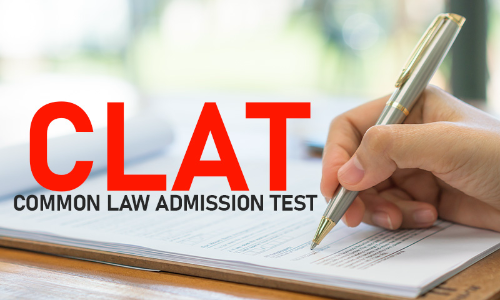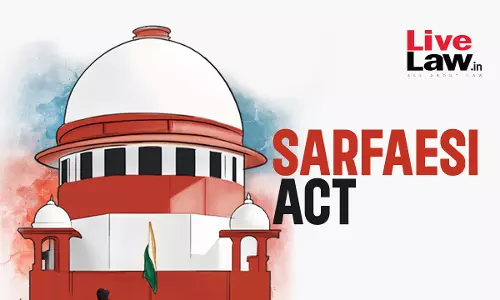Supreme Court Transfers To Delhi HC Petitions Challenging Cable TV Networks (Amendment) Rules 2021

The Supreme Court on July 23 transferred to the Delhi High Court petitions pending in various High Courts challenging the Cable TV Networks (Amendment) Rules 2021 where coercive action was stayed qua certain broadcasters/digital news portals.A bench of Justices Sanjiv Khanna and Sanjay Kumar passed the order after Union of India's counsel, on instructions, stated that same order as passed...
The Supreme Court on July 23 transferred to the Delhi High Court petitions pending in various High Courts challenging the Cable TV Networks (Amendment) Rules 2021 where coercive action was stayed qua certain broadcasters/digital news portals.
A bench of Justices Sanjiv Khanna and Sanjay Kumar passed the order after Union of India's counsel, on instructions, stated that same order as passed on March 22 in the context of IT Rules, 2021, may be passed by the court.
Notably, Senior Advocate Arvind P Datar, appeared for the respondents and argued that the issues in the cases pertaining to IT Rules 2021 as well as those relating to Cable TV Networks (Amendment) Rules 2021 were identical, as they essentially challenged the three-tier grievance redressal mechanism with respect to media content.
Background
The genesis of the dispute lay in the Union Ministry of Information and Broadcasting's amendment of the Cable Television Network Rules, 1994. The same introduced a three-tier mechanism for redressal of viewers' grievance relating to content broadcasted by Television channels in contravention of Programme Code or Advertising Code.
The three-tier redressal mechanism set-up by the amendment was as follows:
- Level I - A self-regulation by broadcasters;
- Level II - Self-regulation by the self-regulating bodies of the broadcasters; and
- Level III - Oversight mechanism by the Central Government
Pursuant to this amendment, the respondents filed petitions before different High Courts seeking inter-alia protection from coercive action under the amended Rules.
On hearing, the High Courts passed interim orders and restrained the Union from taking coercive action against respondents for not complying with the Rules, until the main writs were decided.
Aggrieved by the High Court orders, the Union approached the Supreme Court.
On March 22, the Supreme Court transferred to the Delhi High Court similar matters pending against the Information Technology (Intermediary Guidelines and Digital Media Ethics Code) Rules, 2021 (IT Rules, 2021) before different High Courts. The order was passed to enable an analogous hearing on the issues, considering that a large number of petitions were already pending before Delhi High Court.
Case Title: UNION OF INDIA Versus THE NEWS BROADCASTERS ASSOCIATION AND ORS., SLP(C) No. 13661/2021 (and connected cases)




